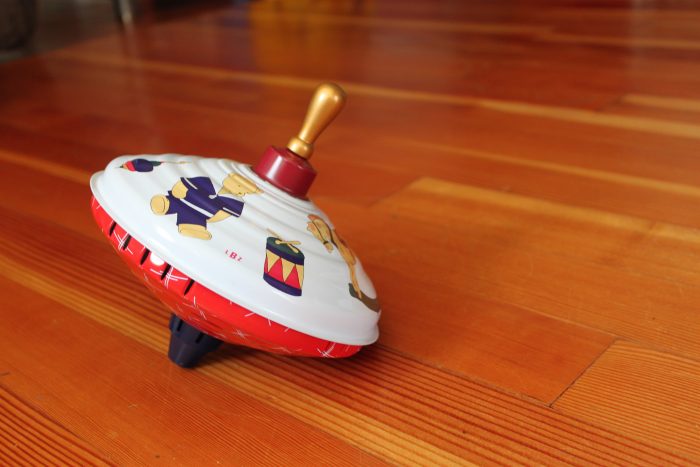Do you happen to be blessed with a home with an outdated, rarely used conservatory? With a growing brood, you might be considering moving to a bigger pad. However, you might already have all the space you need if only you used it a little more effectively. If your conservatory has turned into little more than a dumping ground or an alternative way of entering the home, should your kids be mucky after soccer, then you need to rethink its use.
A conservatory is a wonderful, natural light-laden area of your humble abode that should be a usable space for the entire family. This extra square footage is ideal for a growing brood and can make your living area all the more spacious. If all you have in your conservatory is boxes and junk, you are undervaluing this section of your pad. Take a look at these three ideas to inspire you to reinvent your conservatory.
What Is a Conservatory?
In North America, the word conservatory isn’t used as often as it is in the U.K. or Europe. A conservatory is essentially a glass-enclosed sunroom or garden room attached to a house—often built with transparent roofing and walls to let in as much natural light as possible.
While older conservatories were mainly used for growing plants and overwintering delicate flowers, modern versions serve as multi-purpose living spaces. You can think of it as a cross between a greenhouse and a sunroom. Many homeowners in the U.S. and Canada use similar structures called four-season rooms, Florida rooms, or solariums.
If you’re considering converting or building one, check that the space is adequately insulated, has energy-efficient glass, and can maintain comfortable temperatures year-round.
How to Make the Best Use of your Conservatory
This spot can be made cozy and useful all year long–especially if you add electrical heating to turn it into a four-season space. The possibilities are limited only by your imagination. Here are three suggestions to get the creative thoughts flowing.
Use #1 – Cinema Room
Think outside of the box! If you are a family of movie buffs, there can be no better use for a conservatory than a cinema room. With a living room and a dining room already, this extra space can be a little luxurious. Install some leather recliner seats, get yourself a projector, and look into the audio-video services available in your area. Get some blackout blinds and recreate the atmosphere of a movie theater.
You could network the room so that you have a 360-degree surround-sound, all-immersive experience. While expensive, this could be an incredible way to make the most of your conservatory space if you adore nothing more than heading to the cinema every week.
Use #2 – Dining Room
If you entertain regularly and love nothing more than holding the odd sophisticated evening soiree or two, make an effort to transform your conservatory into a luxurious dining room. With windows allowing natural light to flood your space, this could be an ambient setting for your dinner parties.
Whether you have family around for Christmas dinner, a casual barbecue, or just a few friends around for supper, you will no longer need to make do with your living room turning into a makeshift dining area.
Your conservatory could be the answer.
Use #3 – Playroom
So your little cherubs have more toys than you can shake a stick at. Maybe you are getting sick and tired of seeing dolls, plastic bits, and crayons and markers adorning your living room carpet, then maybe it’s time to give your kids their own space.
With some nifty storage, a bookcase or two, and some toy boxes, you could make a perfect playroom for your little ones. You can truly separate the kids’ area from the more sophisticated, relaxed, and sparse adult areas of the home. Once the children have gone to bed, you can shut away from the toys and begin to enjoy your living room once again.
Frequently Asked Questions About Conservatories
Yes, with the right upgrades. Adding double-glazed windows, insulated flooring, and a small electric heater or mini-split HVAC system can make a conservatory comfortable even in winter. In hotter climates, ceiling fans or reflective film help keep it cool.
Not exactly. A sunroom is usually fully integrated into the home’s structure and insulation system, while a conservatory traditionally features more glass and a lighter frame. Both, however, add valuable living space and natural light.
In many cases, yes. A well-built, heated conservatory or sunroom can add 5–10% to a home’s resale value, especially when it feels like a true extension of the living space.
Choose durable, temperature-stable flooring such as luxury vinyl plank, ceramic tile, or engineered wood. Avoid solid hardwood if the room isn’t climate-controlled, as fluctuating humidity can cause warping.
Use neutral wall colors, indoor plants, and lightweight furniture that won’t fade in sunlight. Woven shades, rugs, and cozy textiles help soften the space and make it feel inviting.
Quick Tips for Getting the Most Out of Your Conservatory
- Add blinds or thermal curtains to control light and temperature.
- Use smart lighting for cozy evenings or movie nights.
- Incorporate greenery—plants thrive in the bright light and add a tranquil vibe.
- Create zones (a reading corner, a kids’ art table, or an indoor herb garden) to make the space multifunctional.
The Bottom Line on Using Your Conservatory Year-Round
If you are lucky enough to have a conservatory, try to ensure that it doesn’t turn into a junk room, a storage dump, or a laundry mountain. A conservatory is well worth investing in to make it another well-loved and well-used part of your family home.




Comments are closed.